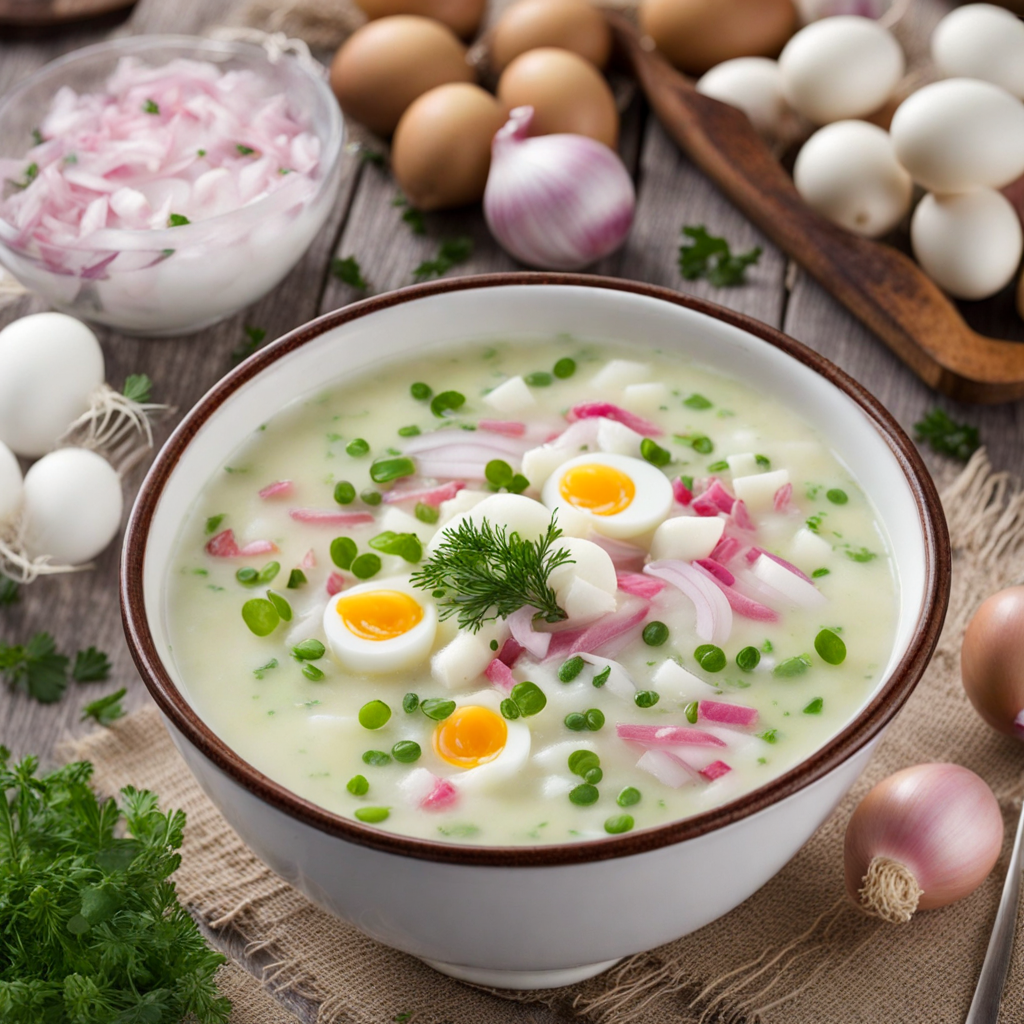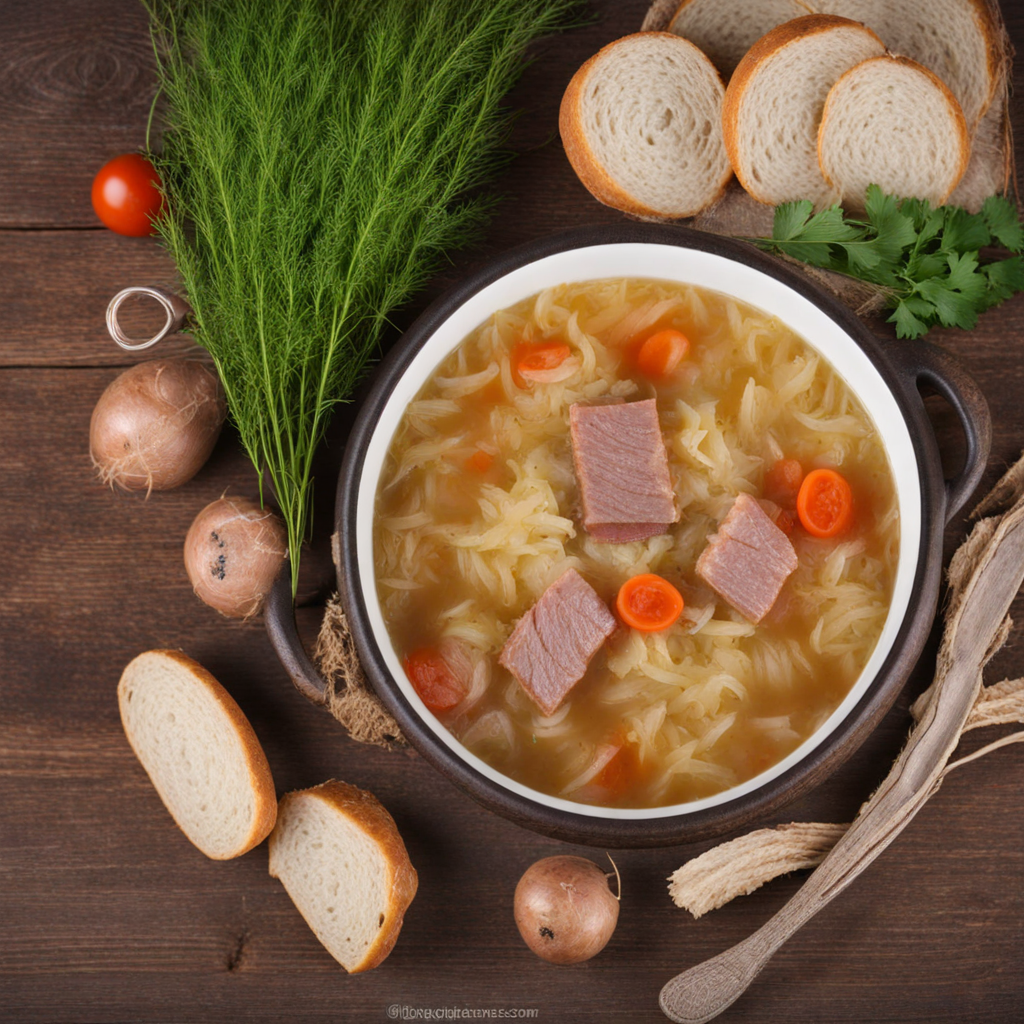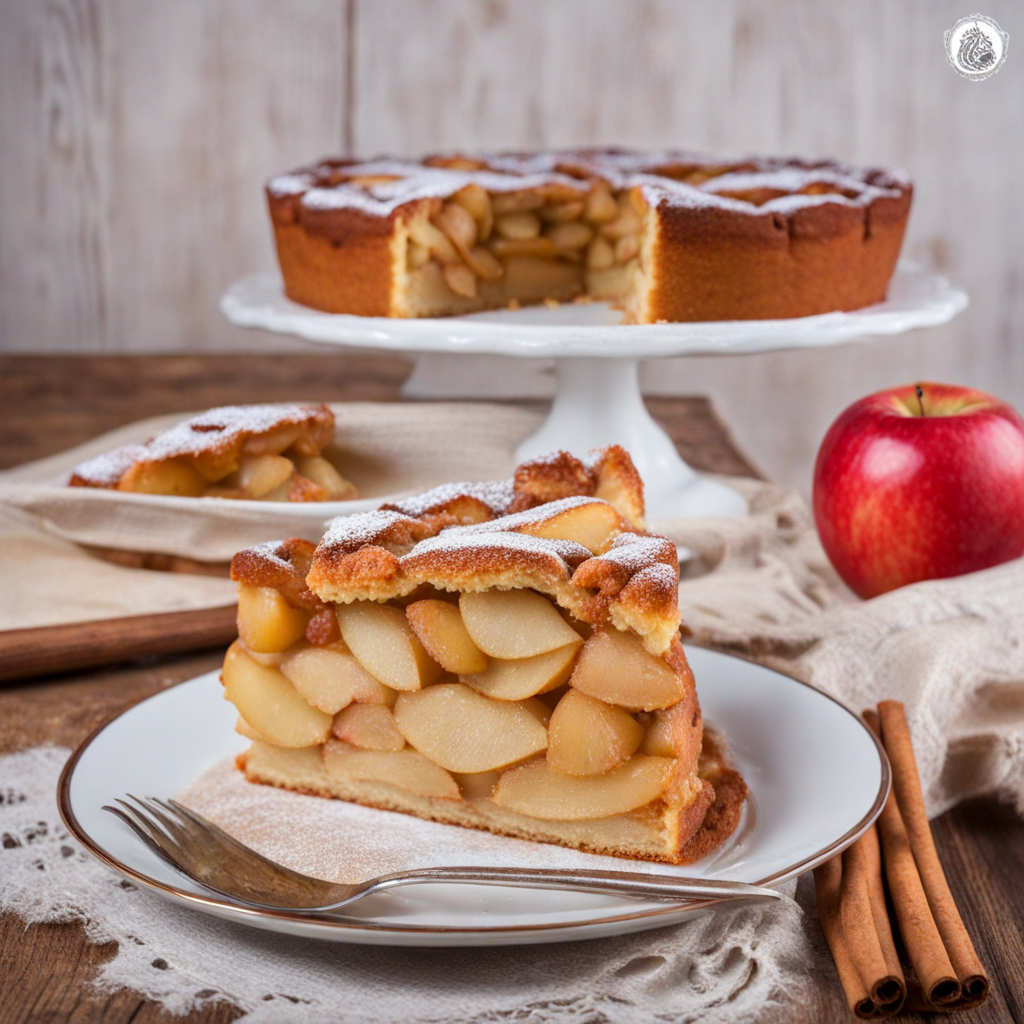Pampushky
Pampushky are delightful Ukrainian buns that are often served alongside traditional dishes, particularly borscht. These soft, pillowy treats are typically made from a simple yeast dough, resulting in a light and airy texture that practically melts in your mouth. The dough is enriched with ingredients like milk, eggs, and sometimes a hint of sugar, which contributes to their slightly sweet flavor profile. Pampushky can be shaped into round or oval forms and are baked to a golden perfection, making them an inviting addition to any meal. What sets Pampushky apart is their divine garlic sauce, which is brushed generously over the tops right after they come out of the oven. This sauce, made from crushed garlic, sunflower oil, and fresh herbs, infuses the buns with a robust, aromatic flavor that perfectly complements their subtle sweetness. The contrast between the warm, fluffy bread and the zesty garlic creates a tantalizing experience for the palate, making Pampushky not just a side dish, but a star in its own right. Pampushky are incredibly versatile and can be enjoyed in various ways. While they are most commonly paired with beetroot borscht, they also make a delightful accompaniment to hearty stews, or simply enjoyed on their own as a snack. Some variations include stuffed Pampushky filled with potatoes, cheese, or meat, which add another layer of flavor and texture. Whether you are savoring them at a traditional Ukrainian feast or trying your hand at making them at home, Pampushky offer a unique taste experience that is sure to leave a lasting impression.
How It Became This Dish
The History of Пампушки: A Ukrainian Culinary Gem Origins Пампушки (pampushky), the beloved Ukrainian dumpling-like bread, has a history that intertwines with the rich tapestry of Ukrainian culture and tradition. The etymology of the word "пампушка" is believed to derive from the Polish word "pączek," which refers to a type of filled doughnut. However, the Ukrainian version has evolved its own unique identity distinct from its Polish cousin. The earliest known references to pampushky date back to the 17th century, during a time when Ukraine was under the influence of various powers, including the Polish-Lithuanian Commonwealth and the Russian Empire. The geographical location of Ukraine, with its fertile plains and access to trade routes, allowed for a fusion of culinary influences, which shaped the development of many traditional dishes, including pampushky. Originally, pampushky were made from simple ingredients: flour, water, yeast, and salt. The dough was prepared by hand, reflecting the agrarian lifestyle of Ukrainian peasants. The bread was often baked in clay ovens, which imparted a distinct smoky flavor, and was typically served warm, straight from the oven. As a versatile food, pampushky could be found accompanying a variety of dishes, particularly hearty stews and borscht, serving both as an accompaniment and a vessel for soaking up rich broths. Cultural Significance Pampushky hold a significant place in Ukrainian cuisine and culture. They are more than just a staple food; they represent warmth, hospitality, and the spirit of community. Traditionally, pampushky were prepared for special occasions, such as family gatherings, weddings, and religious holidays. The act of making pampushky often involved the entire family, turning the preparation into a communal event filled with laughter and storytelling. In the context of Ukrainian celebrations, pampushky often appear during Christmas and Easter festivities. During these holidays, they are typically served alongside borscht, particularly the beetroot version, where the soft, fluffy bread is used to absorb the vibrant, flavorful soup. The pairing of pampushky with borscht has become a symbol of Ukrainian culinary heritage, showcasing the harmony between different food elements. The cultural significance of pampushky extends beyond their flavor and texture. The bread is often associated with the concept of "breaking bread," a universal symbol of friendship and unity. In Ukrainian traditions, sharing pampushky with guests is seen as an expression of hospitality, welcoming others into one’s home and heart. Development Over Time As Ukraine underwent various social and political changes throughout the centuries, so too did the recipes and methods for making pampushky. The 19th century saw the rise of Ukrainian nationalism, which coincided with a renewed interest in traditional foods and culinary practices. During this time, cooks began to experiment with different fillings and toppings, elevating the humble pampushky into a more versatile dish. One of the most notable developments in the pampushky tradition is the introduction of garlic and dill toppings. This transformation is often attributed to the influence of the culinary practices of the peasant class, where garlic was a common ingredient. Garlic pampushky, brushed with garlic oil and sprinkled with fresh dill, became a staple accompaniment to borscht, enhancing the flavor profile of the meal while also paying homage to the simplicity of rural life. In the Soviet era, the production and availability of pampushky became more standardized, as the government sought to streamline food production. While this led to some loss of the artisanal touch that characterized traditional recipes, it also made pampushky more accessible to a wider population. They became a common feature in state-run cafeterias and bakeries, where they were often sold at affordable prices. After Ukraine gained independence in 1991, there was a resurgence of interest in traditional foods, including pampushky. This revival coincided with a broader cultural renaissance in which many Ukrainians sought to reclaim and celebrate their culinary heritage. Artisanal bakeries began to pop up across the country, bringing back traditional recipes and techniques that had been neglected during the Soviet era. Today, pampushky are enjoyed in various forms and flavors, ranging from sweet to savory. While the classic garlic and dill version remains a staple, modern interpretations have emerged, featuring fillings such as cheese, potatoes, and even fruits. This evolution reflects the dynamic nature of Ukrainian cuisine, which continues to adapt while honoring its roots. Pampushky in the Modern Era In contemporary Ukraine, pampushky have transcended their traditional roles, appearing in restaurants and cafes that celebrate both local and international cuisine. Chefs are now experimenting with fusion concepts, incorporating ingredients and techniques from diverse culinary traditions while still paying homage to the classic forms of pampushky. The rise of social media and food blogging has also played a role in popularizing pampushky beyond Ukraine’s borders. Food enthusiasts around the world have discovered the charm of these delightful dumplings, sharing recipes and experiences that highlight their deliciousness. Ukrainian diaspora communities have also contributed to the global spread of pampushky, often preparing them for cultural events and gatherings, thereby keeping their traditions alive in new environments. Conclusion The journey of pampushky from humble bread to a symbol of Ukrainian culture is a testament to the resilience and adaptability of culinary traditions. These delightful dumplings encapsulate not only the flavors of Ukraine but also the stories of its people—stories of community, hospitality, and a rich agricultural heritage. As they continue to evolve while maintaining their historical essence, pampushky will undoubtedly remain a cherished part of Ukraine's culinary identity for generations to come. Whether enjoyed at a family gathering or served in a trendy cafe, they embody the warmth and spirit of a nation deeply connected to its food.
You may like
Discover local flavors from Ukraine







